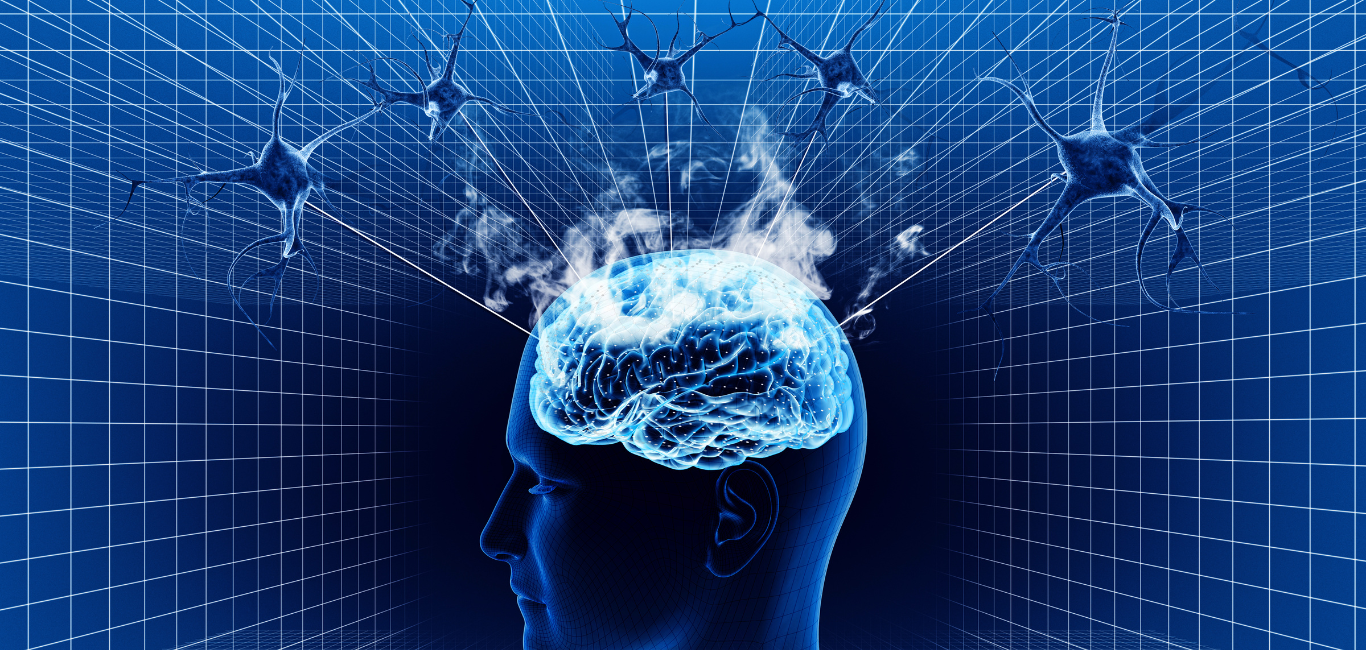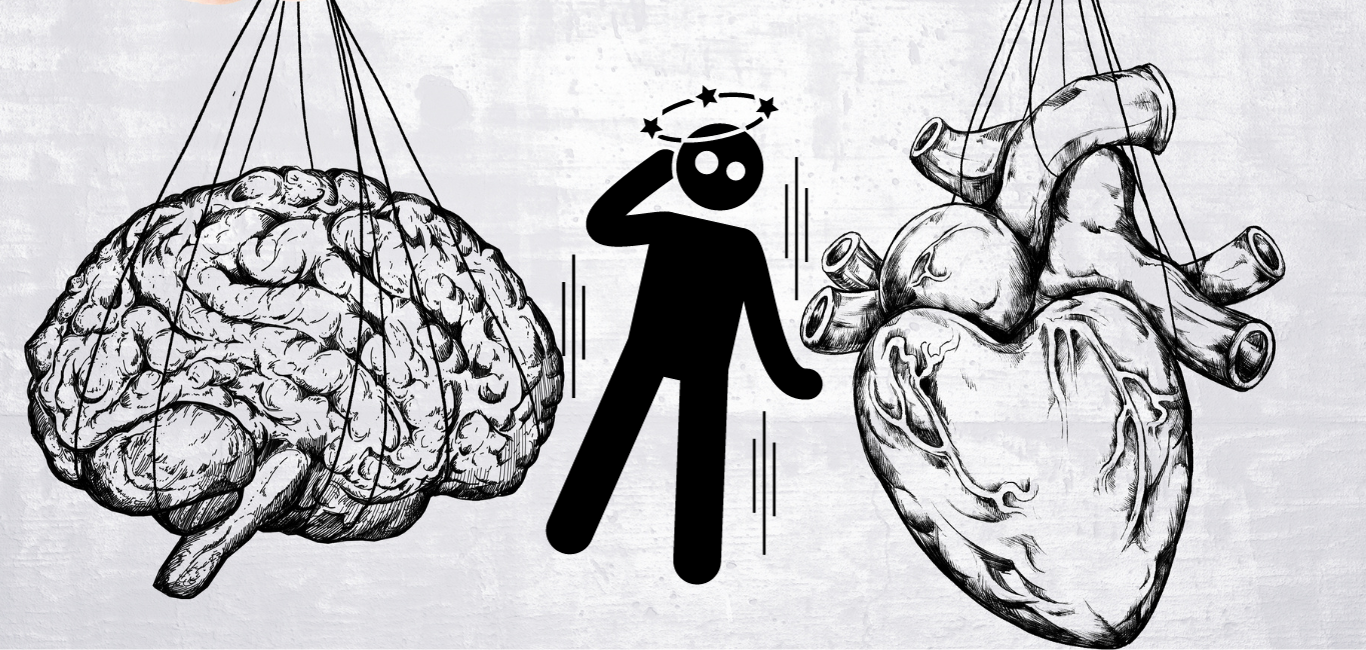
For the longest time, science has looked at the human brain in terms of electrical wiring and how brain cells interact with each other. Many studies have found that neurodegenerative conditions like Alzheimer’s stem from dysfunctional neurons. However, the underlying causes of what triggers malfunctions in neurons has remained shadowed. The BRAIN initiative believes the answer lies in the genes.
Diving into the BRAIN
The US National Institute of Health’s BRAIN Initiative – short for Brain Research through Advancing Innovative Neurotechnologies – has aimed to compile a ‘brain atlas’ to understand this chief controller of our body.
The multinational brain atlas project launched in April 2013 has delved into brain cell genes and how the molecular entities determine the brain’s functioning.
Brain atlas- early leads
A preliminary outline of the atlas came out on 12 October in three journals, namely Science, Science Advances and Science Translational Medicine. The package of 21 papers covers how the researchers analysed the genes in around 3,300 brain cells with the help of various technologies to understand the fundamentals of the brain.
The studies explored some of these aspects:
- Genetic differences in the brains of mice, humans and non-human primates.
- Gene expressions in different brain cells and regions.
- How the gene expressions vary in certain neurological conditions.
Margarita Behrens, research professor at the Computational Neurobiology Lab at the Salk Institute of Biological Studies, California, USA, says every human brain is slightly different from the other. “So, we need to create tools to assess these variabilities which are reflected in the molecular signatures within the brain,” she tells Happiest Health.
Knowing how to repair
Prof Behrens, who actively took part in the BRAIN initiative, compares the project to that of knowing how to repair a car. “If you have no idea of the parts that form a car and how they are put together, how will you repair it? It is not like the car will talk to you either.” The same goes for understanding the brain.
Prof Behrens says that narrowing down the parts of DNA that are active in brain cells can help understand how it changes in neurological conditions. She points out five ways the BRAIN initiative can help with healthcare and research.
5 uses of an atlas
-
Creating targeted treatment
Understanding the mechanisms that regulate the genes in brain cells will allow targeted treatment when a malfunction occurs. Finding which parts of the DNA are active in each cell type can help formulate ways to modify only one cell and not the surrounding ones.
-
How the brain develops
While science has explored how the brain develops, the molecular reasons for how and why it happens are still unknown. Knowing which genes and mechanisms contribute to brain development can help researchers compile a dictionary. This dictionary will link genes to the cell type. This becomes a reference point to analyse deviations from the normal condition, such as neurodevelopmental disorders.
-
Skipping non-human models
Researchers first use animal models to test the efficacy of new medicines and treatment methods before trying them on humans. However, different species may have other structures and genes within their neurons, which may or may not respond well to the proposed therapies. This necessitates a brain analysis of the brains of different species.
A map of the human brain could eliminate this. Such an atlas provides a ready platform to try new therapies on humans instead of optimising for genetic differences in species.
-
Opening the `black box’
Our brain, a spongy pink structure inside the skull, keeps us going and ensures that all our organs work synchronously. Yet, it is like a black box, a sealed device or system whose internal workings are hidden from the user. We know very little about it or its interlinked functions. A brain atlas may provide valuable clues to many hitherto unknown functions.
-
How the brain ages
Understanding the cellular changes of an ageing brain or the Alzheimer’s brain becomes paramount in decoding ageing and neurodegenerative conditions. One set of studies in the initiative confirmed the role played by microglia in Alzheimer’s disease.
The studies found that the genetic variants associated with Alzheimer’s are exclusively in the microglia, the brain’s immune cells. These cells cause intense consequences like the dying of neurons and wreak havoc in the brain.
Creating new atlases
Mapping the cell atlases is just one phase of the initiative. Other parts include how the neurons communicate and how brain circuits function in real time. Additionally, they involve determining how the brain regions form memories, solve problems, and produce consciousness.
The researchers have already begun the next stage of the project: mapping the genetic makeup across different species.
Many groups are also looking at the genes of the spinal cord. They hope to get a magnified view of what goes wrong in these regions in neurological conditions.

















